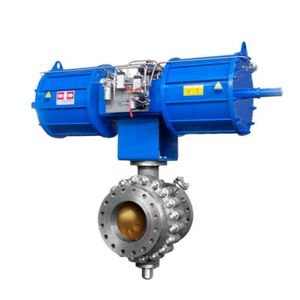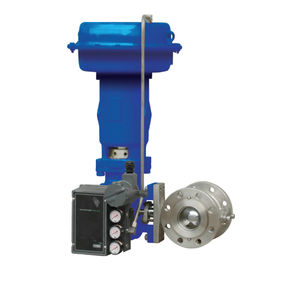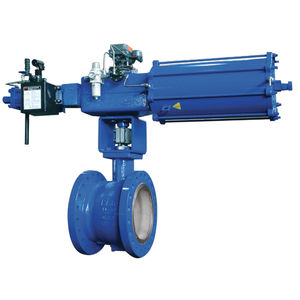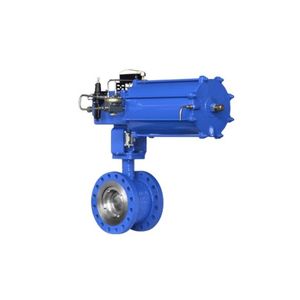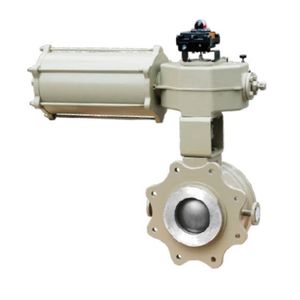
- Hydraulics - Pneumatics
- Valve
- Ball valve
- Wuxi Smart Auto-control Engineering Co., Ltd.
- Products
- Catalogs
- News & Trends
- Exhibitions
Ball valve R9 pneumatically-operatedelectrically-actuatedcontrol

Add to favorites
Compare this product
Characteristics
- Type
- ball
- Operation
- pneumatically-operated, electrically-actuated
- Function
- control
- Media
- for crude oil, petroleum, for gas
- Other characteristics
- automatic, heavy-duty, emergency
- DN
Min.: 25 mm
(0.984 in)Max.: 500 mm
(19.685 in)- Pressure
Min.: 1.6 bar
(23.2 psi)Max.: 42 bar
(609.2 psi)- Temperature
Min.: -196 °C
(-321 °F)Max.: 650 °C
(1,202 °F)
Description
R9 series top entry ball valve are mainly used for crude oil, residual oil, liquefied petroleum gas, hydrocarbon, polymer, ethylene, synthetic gas and hydrocarbon steam applications. Top entry structure allows the valve to be serviced or repaired without taking off from the pipeline. Patented sealing system, wedged surface on the seat play the role of automatic compensation, greatly prolongs the service life. These valve are also suitable for frequent operation or emergency switch duty.
QRZ series rack pinion type quarter turn pneumatic actuator is a good partner for R5 series valve, while EMR series of electric actuator is an electric force. Manual operation mechanism is also available. When integrating with certain accessories (quick exhaust valve etc.), fast stroke time of 1S, 2S, 3S, 4S can be reached.
Application
This series ball valves is a heavy-duty rotary control valve designed for demanding applications such as crude oil,LPG and other hydrocarbon, gases, and hydrocarbon vapors under medium and high pressure.
Features
Simple maintenance, taper seat sealing system compensate the wearing, fixed ball be fit for the frequenty motion process
Other Wuxi Smart Auto-control Engineering Co., Ltd. products
R Series Ball Valves
Related Searches
*Prices are pre-tax. They exclude delivery charges and customs duties and do not include additional charges for installation or activation options. Prices are indicative only and may vary by country, with changes to the cost of raw materials and exchange rates.


